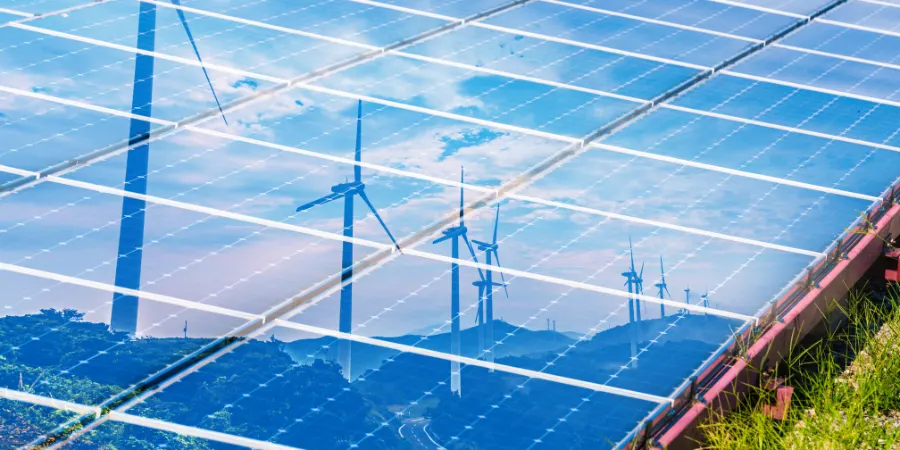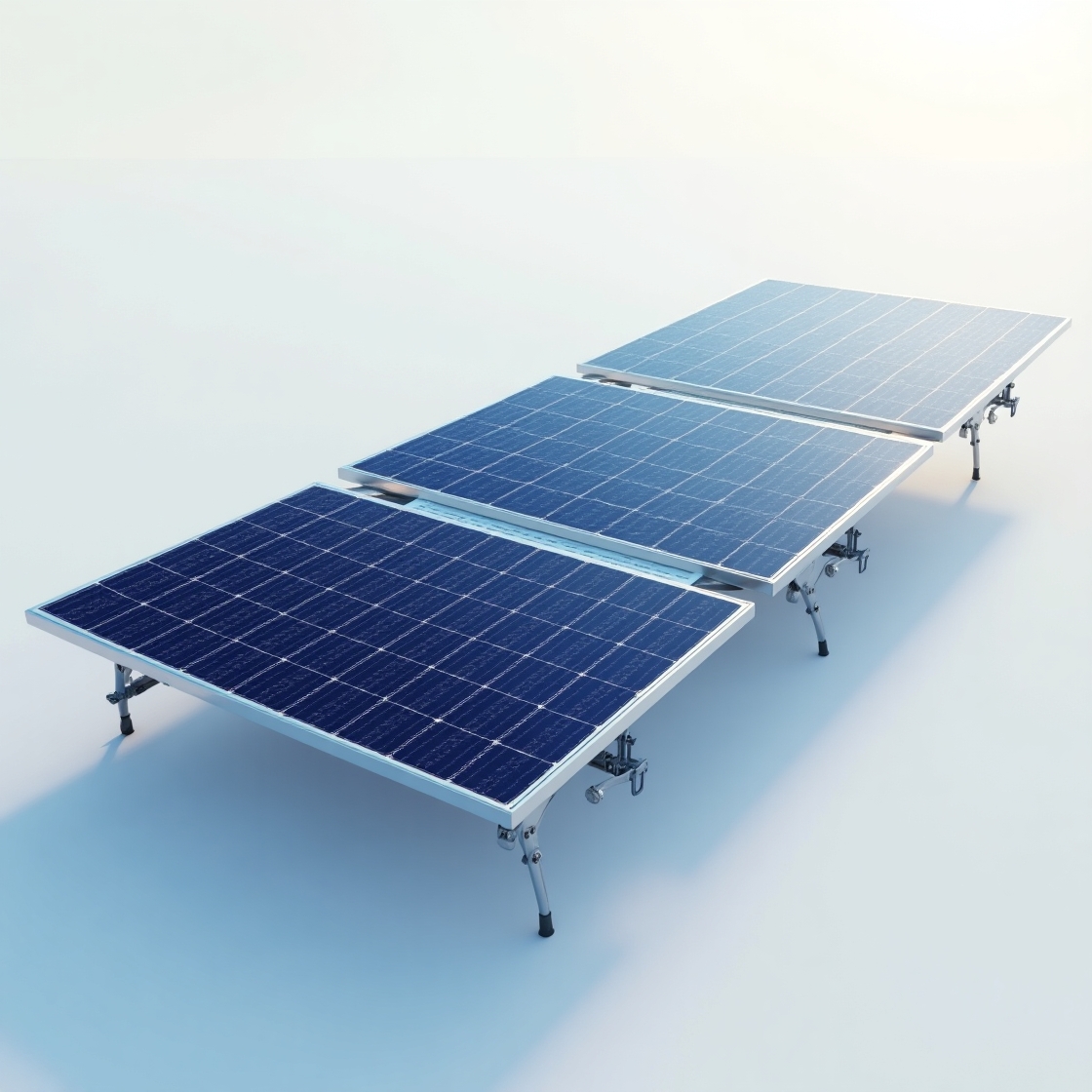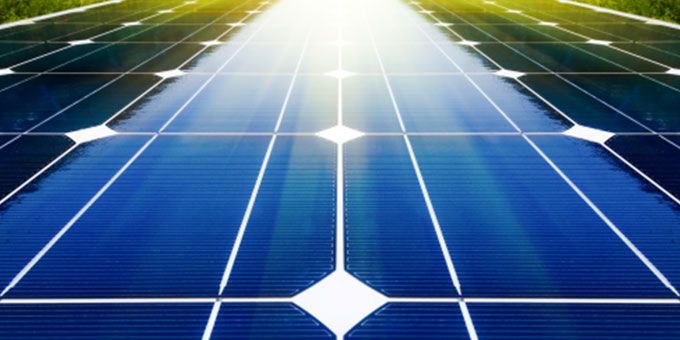As the world grapples with rising energy demands, climate change, and volatile fossil fuel markets, one thing is becoming increasingly clear: solar energy is not just an alternative—it's the future. In the race to build a cleaner, more resilient, and cost-effective energy infrastructure, solar power is leading the charge toward grid dominat
As the world grapples with rising energy demands, climate change, and volatile fossil fuel markets, one thing is becoming increasingly clear: solar energy is not just an alternative—it's the future. In the race to build a cleaner, more resilient, and cost-effective energy infrastructure, solar power is leading the charge toward grid domination.


Solar energy has transitioned from a niche eco-friendly concept to a global energy powerhouse. According to the International Energy Agency (IEA), solar PV is now the cheapest source of electricity in history. The combination of falling installation costs, rising efficiency, and public demand for sustainability has turned solar into a mainstream solution.
Here’s why solar is becoming the backbone of the future grid:
From small rooftop setups on homes to massive solar farms spanning acres, solar energy is uniquely flexible. This scalability allows solar to power everything from rural villages to entire cities, making it ideal for decentralized grids and remote regions.
Future grids are not just about power delivery—they're about intelligence. Smart grids will rely heavily on real-time data, AI, and IoT for dynamic energy balancing. Solar systems paired with smart inverters and connected monitoring tools are already helping utilities optimize supply and demand, reduce outages, and ensure grid stability.
One of the biggest limitations of solar—its dependence on sunlight—is being rapidly addressed by advances in battery storage. Technologies like lithium-ion, flow batteries, and even next-gen solid-state systems are allowing solar power to be stored efficiently and dispatched when needed, even after sunset.
The cost of solar panels has dropped over 90% in the last decade, and the Levelized Cost of Energy (LCOE) for solar is now lower than coal, gas, or nuclear in many regions. As governments continue to cut fossil fuel subsidies and offer tax credits for renewables, solar’s economic case only grows stronger.
Climate goals outlined in international agreements like the Paris Accord are driving nations to shift toward low-carbon energy sources. Solar, with zero emissions and low environmental impact, is central to most national energy strategies. Regulatory mandates and carbon pricing mechanisms are further accelerating its adoption.
The future grid is decentralized, and solar is its key enabler. Rooftop solar empowers households and businesses to become "prosumers"—producing and consuming electricity. Through net metering and peer-to-peer energy trading, individuals can sell excess power back to the grid, reducing reliance on traditional utilities.
Emerging technologies like perovskite solar cells, solar skins, transparent panels, and solar windows promise to push solar efficiency and integration into everyday infrastructure. Even space-based solar farms are being explored by countries like China and Japan.
In the next 10–20 years, expect a power grid that is:

Solar as the New Standard Solar energy is no longer optional—it’s inevitable. As innovation accelerates and adoption scales, solar power will form the foundation of a cleaner, smarter, and more equitable energy future. Whether you're a homeowner, business, policymaker, or investor, embracing solar is not just a smart move—it's how we future-proof the grid for generations to come.